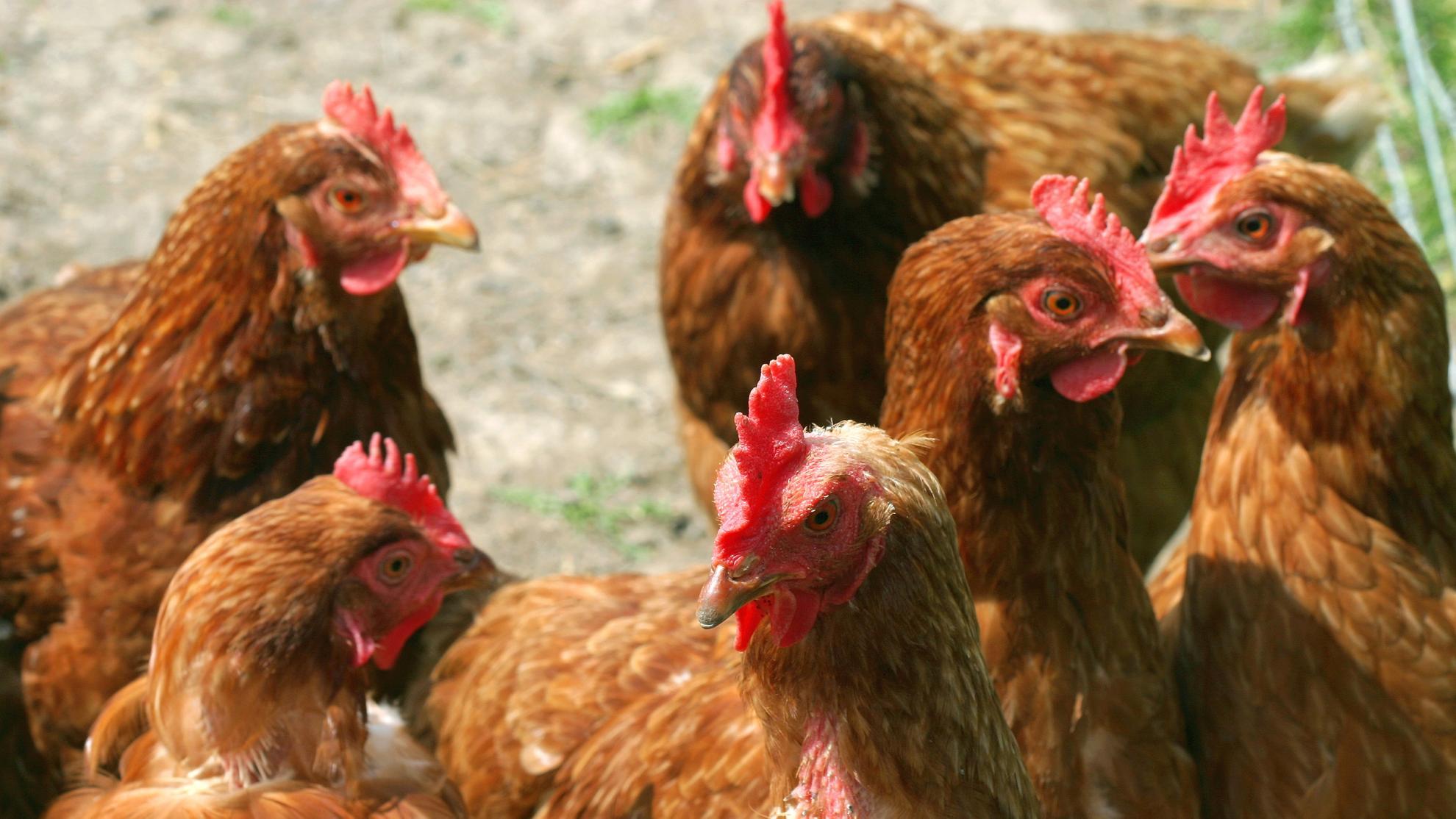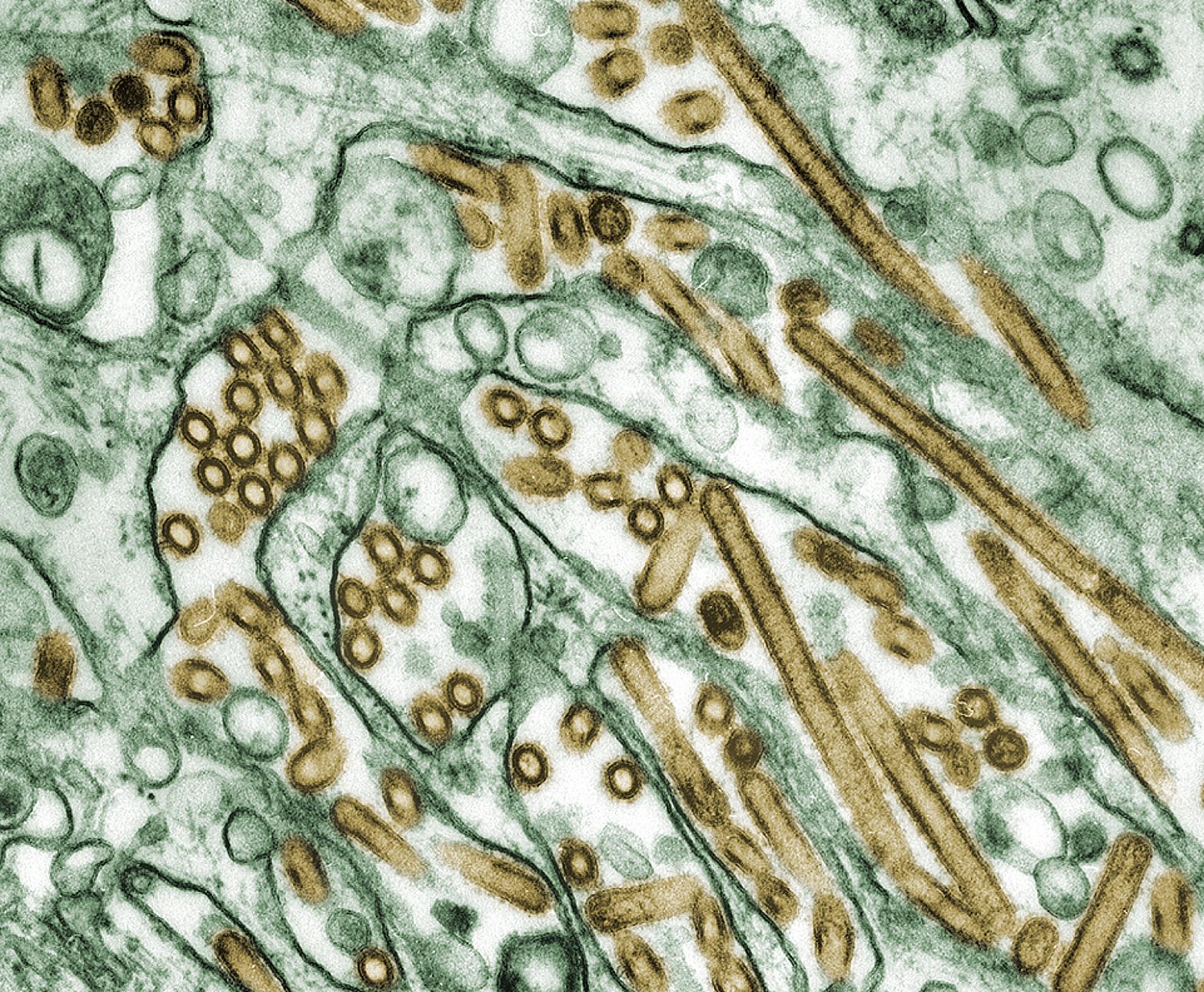Truncation of PA-X contributes to virulence and transmission of H3N8 and H3N2 canine influenza viruses in dogs
Equine-origin H3N8 and avian-origin H3N2 canine influenza viruses (CIVs) prevalent in dogs are thought to pose a public health threat arising from intimate contact between dogs and humans. However, our understanding of CIV virulence is still limited. Influenza A virus PA-X is a fusion protein encoded in part by a +1 frameshifted open reading frame (X-ORF) in segment 3. The X-ORF can be translated in full-length (61 amino acids) or truncated (41 amino acids) form. Genetic analysis indicated that the X-ORFs of equine H3N8 and avian H3N2 influenza viruses encoded 61 amino acids but were truncated after introduction into dogs. To determine the effect of PA-X truncation on the biological characteristics of CIVs, we constructed four recombinant viruses on H3N8 and H3N2 CIV backgrounds bearing truncated or full-length PA-Xs. We observed that truncation of PA-X increased growth of both H3N8 and H3N2 CIVs in MDCK cells and suppressed expression from co-transfected plasmids in MDCK cells. Furthermore, truncation of PA-X enhanced viral pathogenicity in dogs as shown by aggravated clinical symptoms and histopathological changes, increased viral replication in the respiratory system, and prolonged virus shedding. Additionally, CIVs with truncated PA-Xs were transmitted more efficiently in dogs. Global gene expression profiling of the lungs of infected dogs revealed that differentially expressed genes were mainly associated with inflammatory responses, which might contribute to the pathogenicity of PA-X-truncated CIVs. Our findings revealed that truncation of PA-X might be important for the adaptation of influenza viruses to dogs. IMPORTANCE Epidemics of equine-origin H3N8 and avian-origin H3N2 influenza viruses in canine populations are examples of successful cross-species transmission of influenza A viruses. Genetic analysis showed that the PA-X genes of equine H3N8 or avian H3N2 influenza viruses were full-length, with X-ORFs encoding 61 amino acids; however, those of equine-origin H3N8 or avian-origin H3N2 CIVs were truncated, suggesting PA-X truncation occurred after transmission to dogs. Here, we extended the PA-X genes of H3N8 and H3N2 CIVs and compared the biological characteristics of CIVs bearing different lengths of PA-X. We demonstrated that for both H3N8 and H3N2 viruses, truncation of PA-X increased virus yields in MDCK cells and enhanced viral replication, pathogenicity and transmission in dogs. These results might reflect enhanced suppression of host gene expression and up-regulation of genes related to inflammatory responses. Collectively, our data partially explain the conservation of truncated PA-X in CIVs.

